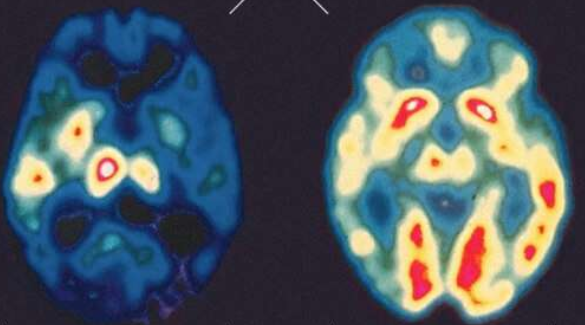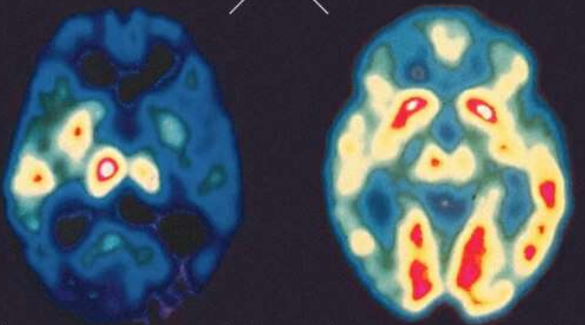Unlocking Success: Harnessing Psychological Techniques in Design

In the realm of design, a profound interplay exists between aesthetics and psychology. Crafting an experience that resonates deeply with individuals requires more than just visual appeal; it calls for an intricate understanding of human behavior. This synthesis of artistry and psychology has given rise to a powerful arsenal of tools known as Psychological Techniques in Design. From captivating color schemes to intuitive user interfaces, these techniques wield the ability to profoundly influence emotions, actions, and perceptions.

Understanding the Psychology Behind Design
Colors that Speak:
The selection of colors in design isn’t arbitrary; it’s a strategic play on emotions. Shades evoke specific feelings—red can incite urgency or passion, while blue instills trust and calm. Leveraging color psychology allows designers to guide user perception, influencing their journey through a website or interface.
The Power of Visual Hierarchy:
In a world brimming with information, capturing attention is an art. Visual hierarchy—a tool that arranges elements based on their importance—guides users through content. By strategically placing key information, designers ensure that the most crucial aspects are noticed first, enriching user experience.
Cognitive Load and Simplicity:
Simplicity isn’t just an aesthetic choice; it’s a cognitive one. Minimizing cognitive load—reducing the effort needed to process information—enhances user engagement. Simple, intuitive designs not only elevate user satisfaction but also encourage longer interactions.
Evoking Emotions through Design
Empathy in User Experience:
Design isn’t merely about aesthetics; it’s about connecting with users on an emotional level. Incorporating empathy into the design process fosters experiences that resonate. Understanding user pain points allows for the creation of solutions that genuinely cater to their needs.
Storytelling through Design Elements:
Every design element narrates a story. From images to fonts, each component communicates a message. Crafting a coherent narrative through these elements strengthens user engagement, making the design not just appealing but memorable.
Conclusion: Empowerment through Psychological Techniques in Design
In the intricate web of design, the fusion of aesthetics and psychology transcends mere visuals. Psychological Techniques in Design serve as the conduit through which designers connect with users on a profound level. By understanding human behavior, emotions, and cognition, designers wield the power to craft experiences that resonate, engage, and leave an indelible mark on the users’ psyche. Harnessing these techniques is not just about creating visually appealing designs; it’s about empowering connections and forging memorable experiences.










